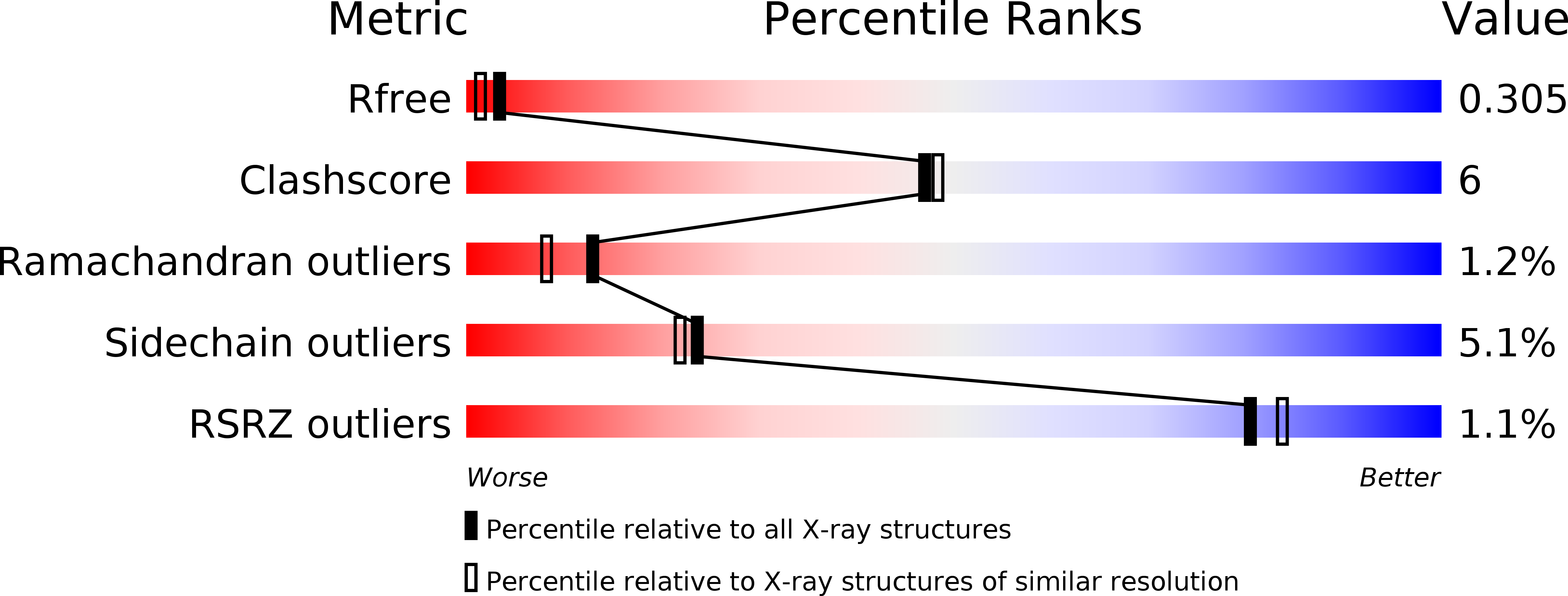
Deposition Date
2015-06-05
Release Date
2015-08-05
Last Version Date
2024-03-20
Method Details:
Experimental Method:
Resolution:
2.10 Å
R-Value Free:
0.29
R-Value Work:
0.24
R-Value Observed:
0.24
Space Group:
P 61


